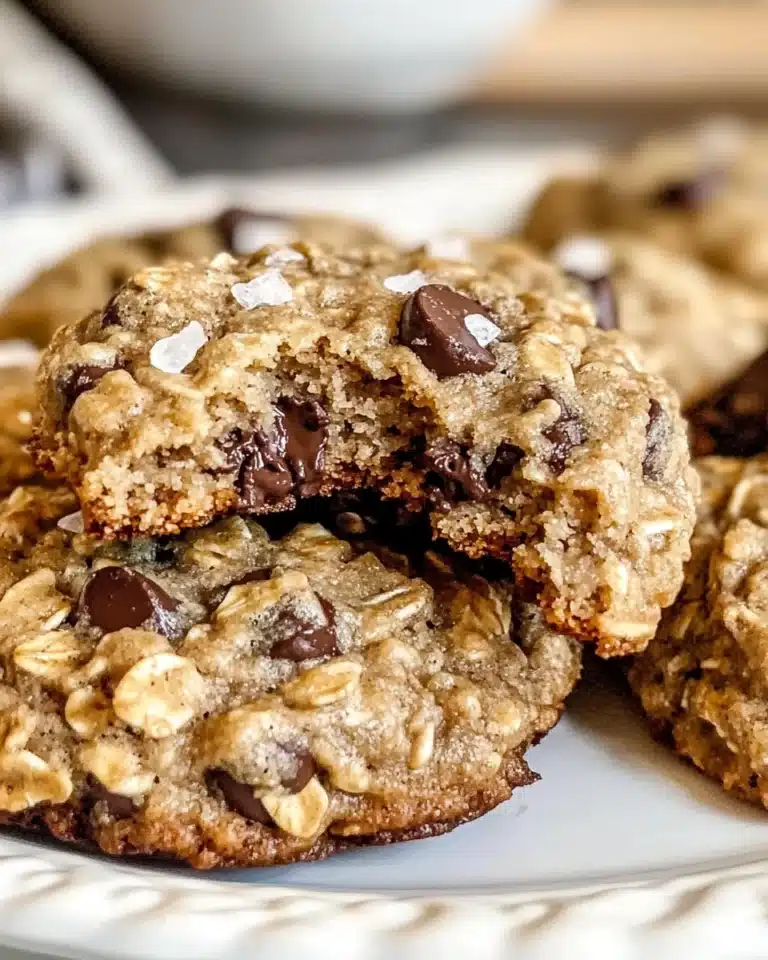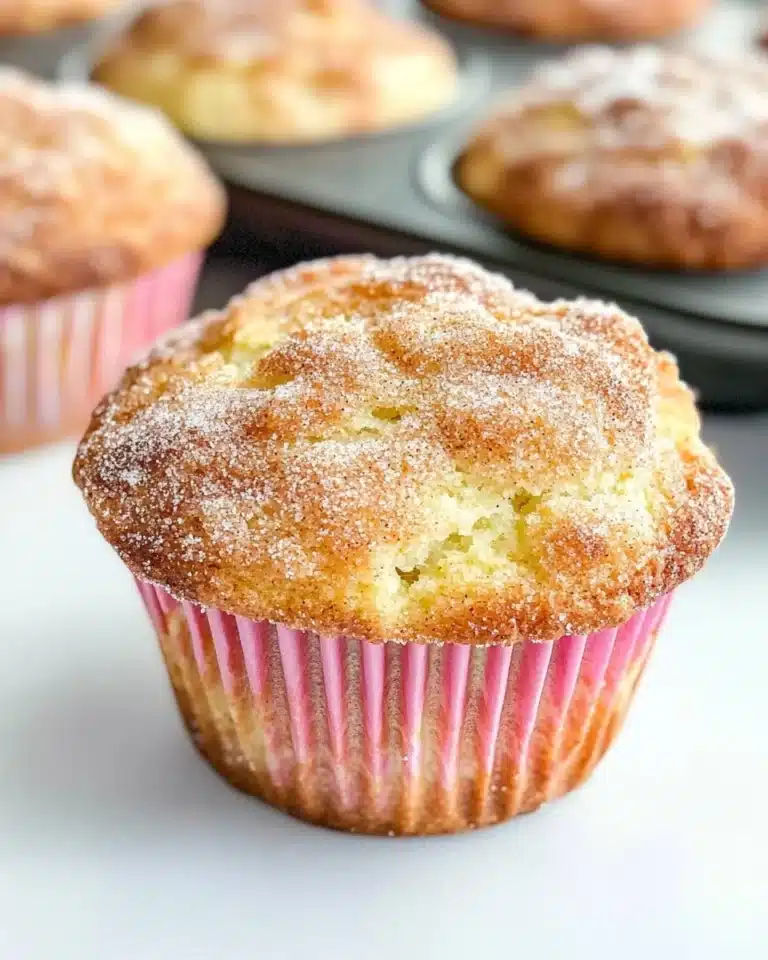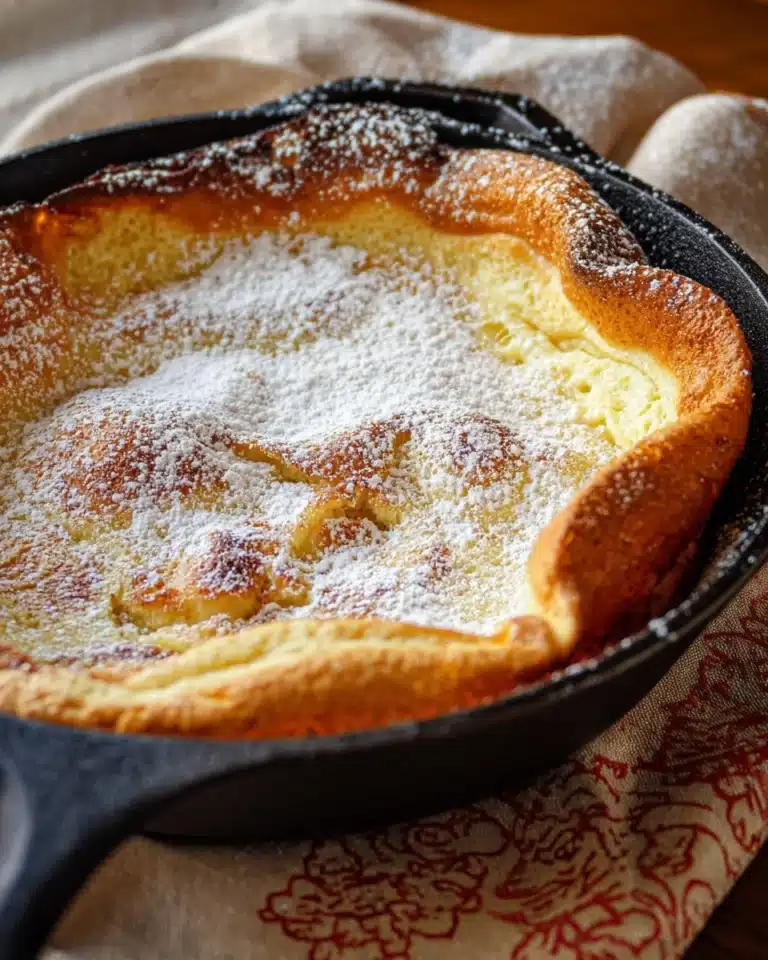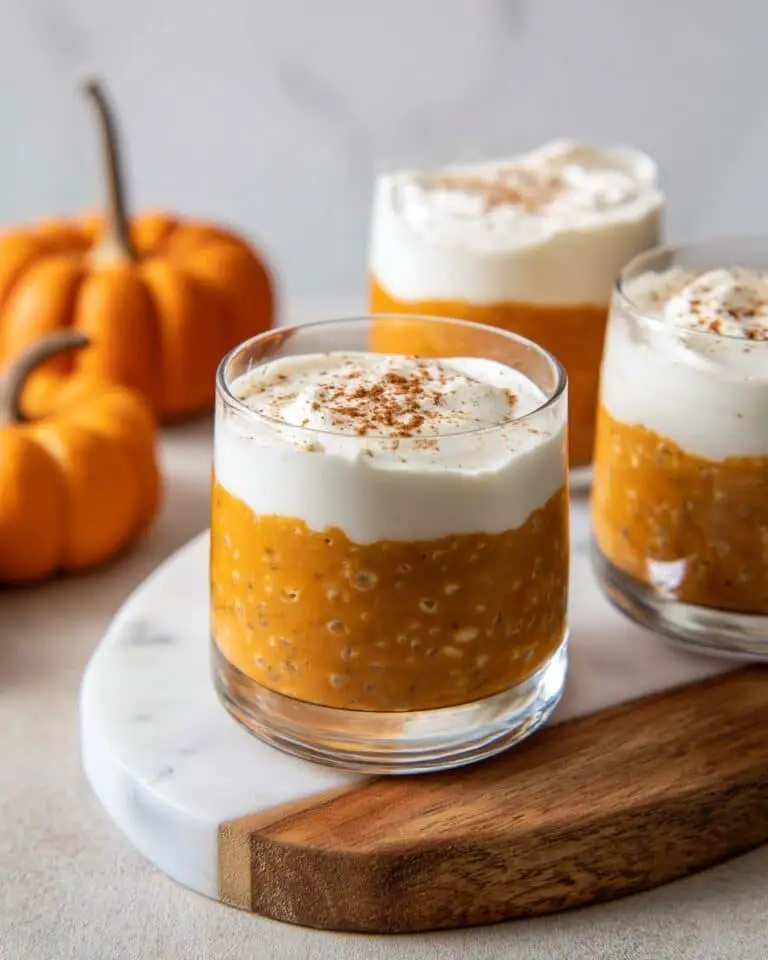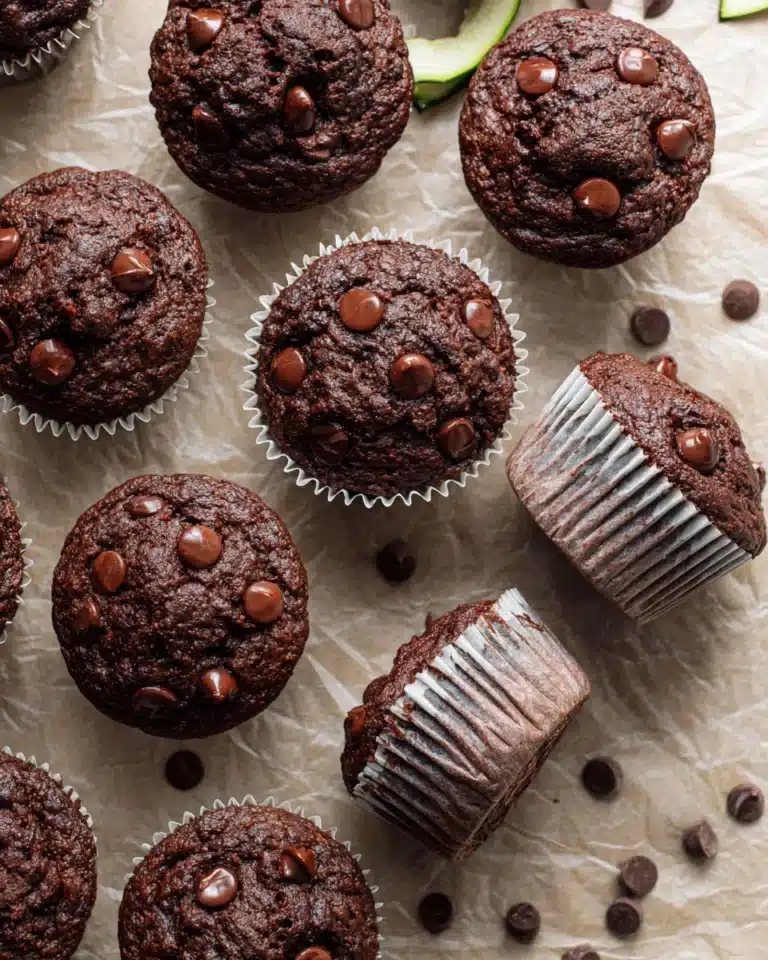There’s something wonderfully comforting about a warm batch of Scones straight from the oven. With crisp golden edges, a tender crumb, and the perfect balance of buttery richness and delicate sweetness, these classic pastries beg to be shared with friends over a cup of tea – or simply enjoyed as a delightful breakfast or snack. Whether you keep them simple or jazz them up with your favorite mix-ins, Scones carry a touch of British tradition and a lot of home-baked happiness in every bite.
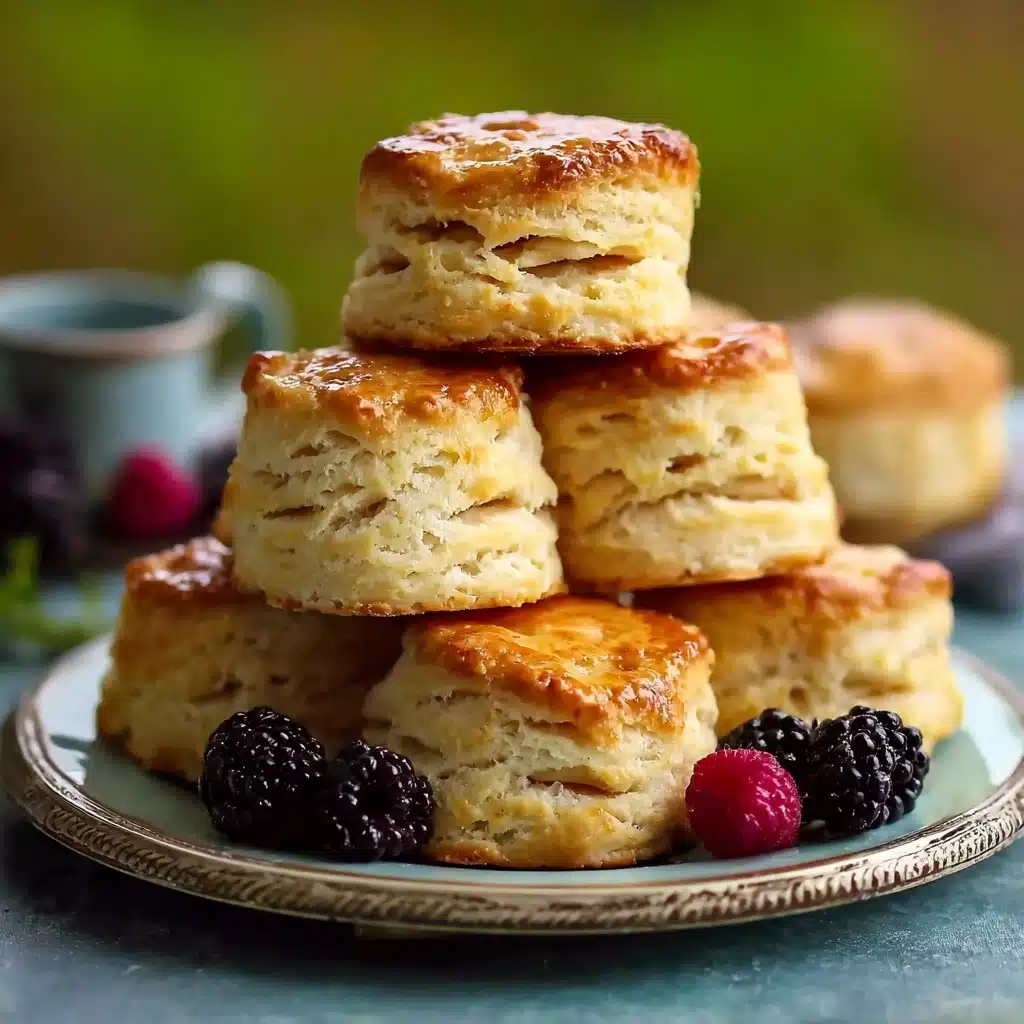
Ingredients You’ll Need
One of the magical things about Scones is how they come together from everyday ingredients, each with its own important role. From the flour forming a sturdy base to cold butter creating irresistible flakiness, every component is essential for achieving that iconic texture and flavor.
- All-purpose flour: The backbone of the Scones, providing just enough structure while remaining tender.
- Granulated sugar: Lends a hint of sweetness without overpowering the buttery flavor.
- Baking powder: This is your lift-off—giving Scones their signature rise and light texture.
- Salt: A small but mighty ingredient, enhancing all the other flavors in each bite.
- Cold unsalted butter, cut into cubes: Crucial for achieving flakiness—use straight from the fridge for best results.
- Milk (or heavy cream for richer scones): Adds moisture; cream results in an especially luxurious crumb.
- Large egg: Gives structure and a bit of richness to the dough.
- Vanilla extract (optional): Brings a sweetly aromatic note if you want a bakery-style finish.
- Optional mix-ins (raisins, currants, dried fruit, chocolate chips): This is where you add your personality—mix and match for custom Scones every time.
How to Make Scones
Step 1: Prep the Oven and Baking Sheet
Start by preheating your oven to 400°F (200°C). Line your baking sheet with parchment paper. This little bit of prep not only ensures consistent baking but also makes clean-up a breeze, letting your Scones bake up beautifully golden without sticking.
Step 2: Combine the Dry Ingredients
In a large mixing bowl, whisk together the flour, sugar, baking powder, and salt. Whisking helps to evenly distribute the leavening and seasoning so every bite of scone comes out just right.
Step 3: Work in the Butter
Add your cold butter cubes to the flour mixture. Using a pastry cutter or your fingertips, work the butter in until the texture looks like coarse crumbs. Those little bits of butter are what create the tender, flaky layers that make Scones so irresistible.
Step 4: Mix the Wet Ingredients
In a separate bowl, whisk together the milk (or cream), egg, and vanilla extract if you’re using it. These wet ingredients bring the dough together and add richness and flavor.
Step 5: Bring It All Together
Gently pour the wet mixture into the dry ingredients. Stir softly just until combined—overmixing is the enemy of tender Scones! If you’re adding any mix-ins, like chocolate chips or dried currants, fold them into the dough now for even distribution.
Step 6: Shape and Cut the Scones
Turn the dough out onto a lightly floured surface and gently pat it into a round that’s about 1 inch thick. Use a sharp knife or biscuit cutter to cut out 8 Scones, arranging them on your prepared baking sheet with a bit of space between each one.
Step 7: Brush and Bake
For a lovely golden finish, lightly brush the tops of your Scones with a little milk or cream. Slide the sheet into your preheated oven and bake for 15–18 minutes, or until the tops are gloriously golden. Allow them to cool just slightly on a rack before serving warm.
How to Serve Scones
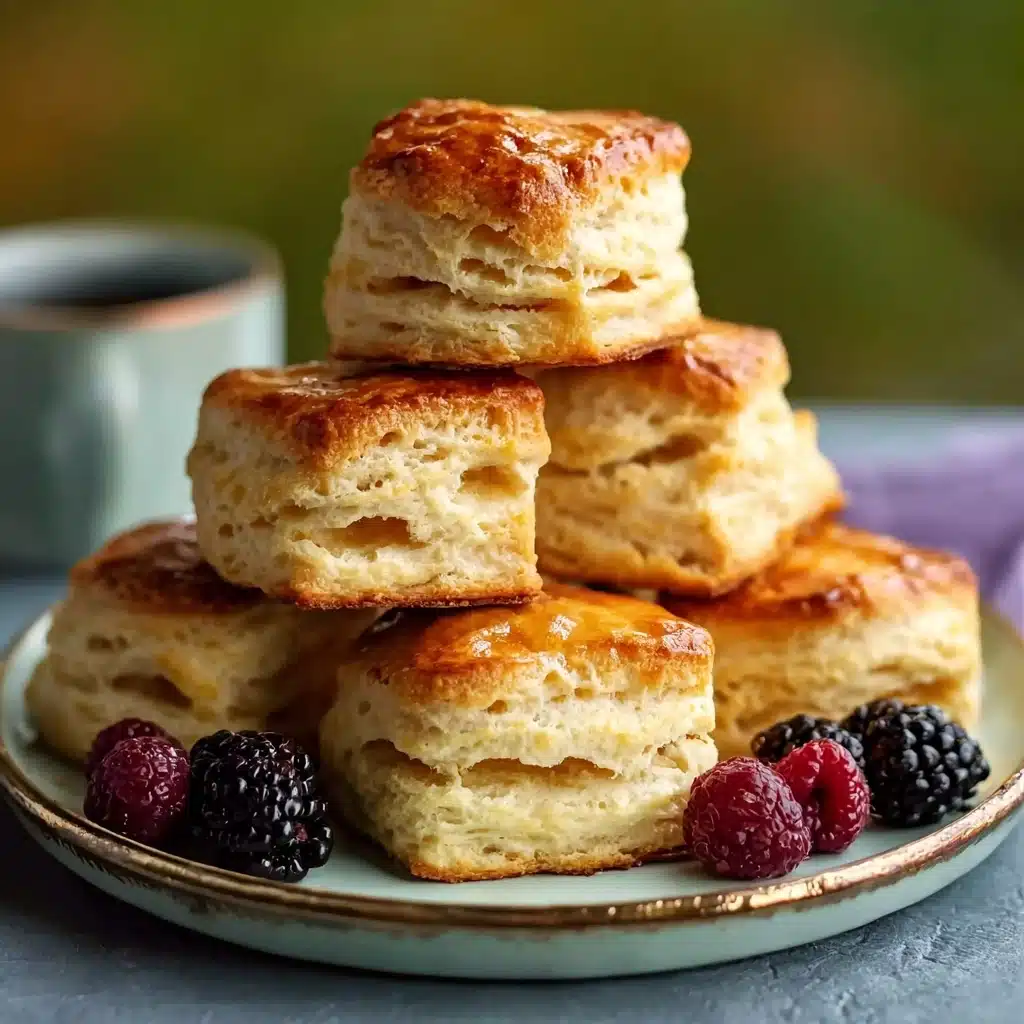
Garnishes
For extra elegance, dust your Scones with a sprinkle of powdered sugar, or drizzle with a simple glaze made from confectioners’ sugar and milk. A dollop of clotted cream, freshly whipped cream, or a spoonful of good jam transforms each scone into an absolute treat.
Side Dishes
Scones truly shine alongside a pot of black tea, but they’re also wonderful with fresh fruit, summer berries, or even a side of scrambled eggs for a more robust breakfast. Offering a selection of jams, preserves, and butters lets everyone customize their bite.
Creative Ways to Present
Try arranging your Scones on a tiered cake stand for afternoon tea flair. For brunch gatherings, slice them in half and fill with sweetened mascarpone and strawberries. Wrapping warm scones in a linen cloth adds a cozy, inviting touch to a breakfast table.
Make Ahead and Storage
Storing Leftovers
Once baked and cooled, Scones can be stored at room temperature in an airtight container for up to two days. If your kitchen is especially warm or humid, it’s best to move them to the fridge after the first day to keep them fresh.
Freezing
Scones freeze beautifully! Once completely cool, arrange them in a single layer in a zip-top bag or airtight container. They’ll keep for up to two months this way, making it easy to have a batch ready whenever a craving or unexpected guest appears.
Reheating
To bring back that fresh-from-the-oven magic, reheat Scones directly from the freezer in a 350°F (175°C) oven for 5-7 minutes. For refrigerated (not frozen) Scones, a quick 2-3 minute warm-up will do the trick. Avoid the microwave if you can, as it can compromise that prized texture.
FAQs
Why do my Scones turn out tough?
The key to light, tender scones is handling the dough as little as possible! Overmixing or overworking the dough develops gluten, resulting in a tougher pastry. Mix just until everything is combined, and you’ll be rewarded with that perfect crumb.
Can I make Scones without eggs?
Yes, you can skip the egg if you prefer or need to. Consider adding a bit more milk or cream to maintain the right dough consistency, and expect a slightly less rich, though still delicious, result.
What’s the secret to super flaky Scones?
Cold ingredients, especially cold butter, are essential. Try even chilling the bowl and your pastry cutter! The little chunks of butter melt during baking, creating steam and those beautiful flaky layers.
Can I make Scones ahead of time?
Definitely! Shape the dough, cut out your scones, and place them on the baking sheet. Refrigerate or freeze until ready to bake. You can bake straight from the fridge or add a couple extra minutes to the baking time if frozen.
What are the best mix-ins for Scones?
The sky’s the limit: classic dried currants, juicy raisins, tangy dried cherries, zesty orange zest, or even mini chocolate chips. For savory scones, try sharp cheddar, fresh herbs, or crumbled cooked bacon.
Final Thoughts
If you’ve ever wanted to fill your kitchen with the scent of fresh baking and enjoy a timeless treat, these Scones are absolutely calling your name. Whether you stick to tradition or invent your own twist, the joy that comes from pulling apart a warm, tender scone is second to none. Give this recipe a try and share the delight with someone you love!
Print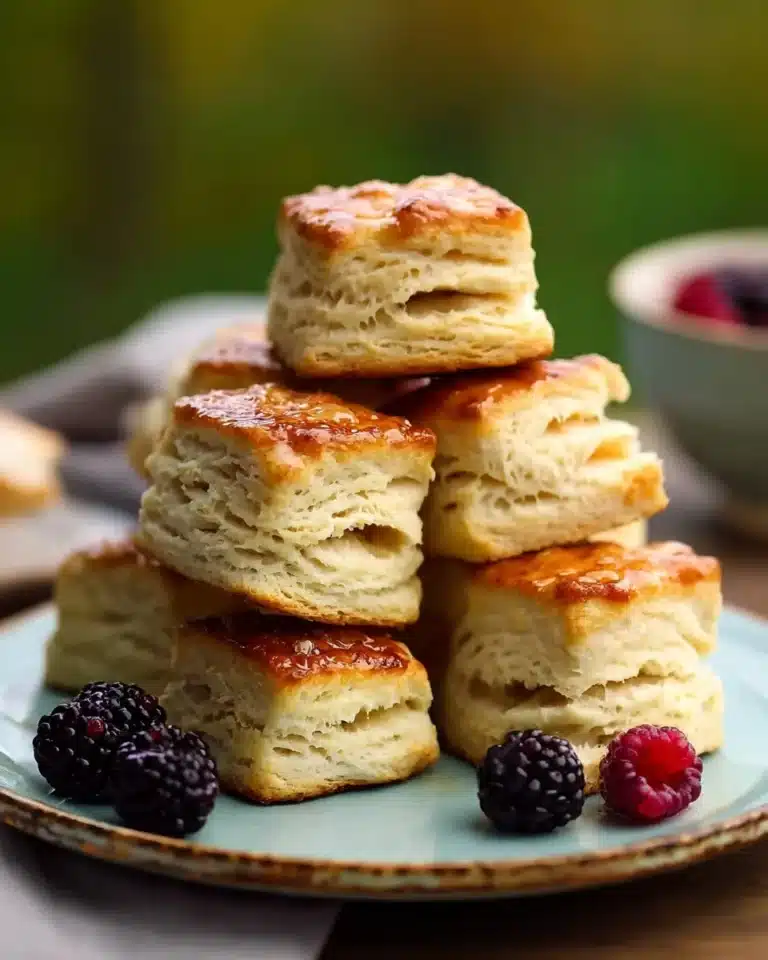
Scones Recipe
Classic British scones are delightfully tender, crumbly biscuits perfect for breakfast, afternoon tea, or as a sweet snack. Made with simple pantry staples and endlessly customizable with your favorite mix-ins like dried fruit or chocolate chips, these scones bake up golden and aromatic in under 20 minutes. Serve warm with jam and clotted cream or enjoy plain for a timeless treat.
- Total Time: 35 minutes
- Yield: 8 medium-sized scones
Ingredients
Dry Ingredients
- 2 cups all-purpose flour
- 1/4 cup granulated sugar
- 1 tablespoon baking powder
- 1/2 teaspoon salt
Fat
- 1/2 cup cold unsalted butter, cut into cubes
Wet Ingredients
- 2/3 cup milk (or heavy cream for richer scones)
- 1 large egg
- 1 teaspoon vanilla extract (optional)
Optional Mix-ins
- 1/2 cup raisins, currants, chopped dried fruit, or chocolate chips (optional)
Instructions
- Preheat the Oven – Preheat your oven to 400°F (200°C) and line a baking sheet with parchment paper to prevent sticking and ensure easy cleanup.
- Mix Dry Ingredients – In a large bowl, whisk together the all-purpose flour, granulated sugar, baking powder, and salt until evenly combined.
- Cut in Butter – Add the cold, cubed unsalted butter. Using a pastry cutter or your fingertips, work the butter into the flour mixture until it forms coarse, pea-sized crumbs. The cold butter is key to achieving flaky layers.
- Combine Wet Ingredients – In a separate bowl, whisk together the milk (or heavy cream), egg, and vanilla extract (if using) until smooth.
- Bring Dough Together – Pour the wet ingredients into the dry mixture. Gently stir just until the dough starts to come together. Avoid overmixing, as this can make scones tough.
- Add Mix-ins – If you’re using raisins, currants, dried fruit, or chocolate chips, gently fold them into the dough now.
- Shape the Dough – Turn the dough onto a lightly floured surface and pat it into a round disk about 1 inch thick. Handle it as little as possible to keep the scones tender.
- Cut Out Scones – Use a sharp knife or a biscuit cutter to cut out individual scones, then arrange them on the prepared baking sheet with space between them.
- Brush and Prepare for Baking – Brush the tops of the scones lightly with a bit of milk or cream. This will help the tops get beautifully golden during baking.
- Bake – Bake the scones for 15-18 minutes or until they are golden brown on top and baked through.
- Cool and Serve – Remove the scones from the oven and let them cool slightly before serving warm, ideally with butter, jam, or clotted cream.
Notes
- For the flakiest scones, keep the butter as cold as possible and avoid handling the dough too much.
- Brushing scones with cream or milk before baking creates an extra golden crust.
- Scones are best enjoyed the day they are made but stay fresh in an airtight container at room temperature for up to 2 days.
- Freeze baked scones for up to 2 months; reheat in a 350°F (175°C) oven for 5-7 minutes before serving.
- Try sweet or savory mix-ins—dried fruit, chocolate chips, or even grated cheese and herbs.
- Prep Time: 15 minutes
- Cook Time: 15-18 minutes
- Category: Breakfast
- Method: Baking
- Cuisine: British
- Diet: Vegetarian
Nutrition
- Serving Size: 1 scone
- Calories: 180 kcal
- Sugar: 6 g
- Sodium: 230 mg
- Fat: 8 g
- Saturated Fat: 5 g
- Unsaturated Fat: 3 g
- Trans Fat: 0 g
- Carbohydrates: 24 g
- Fiber: 1 g
- Protein: 4 g
- Cholesterol: 45 mg

